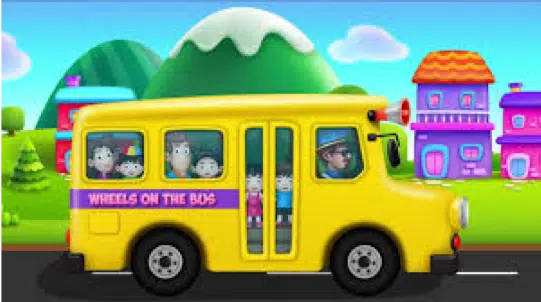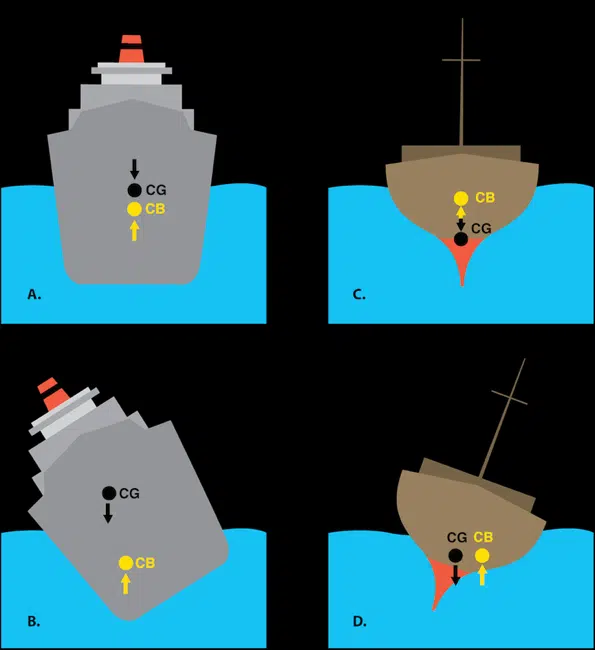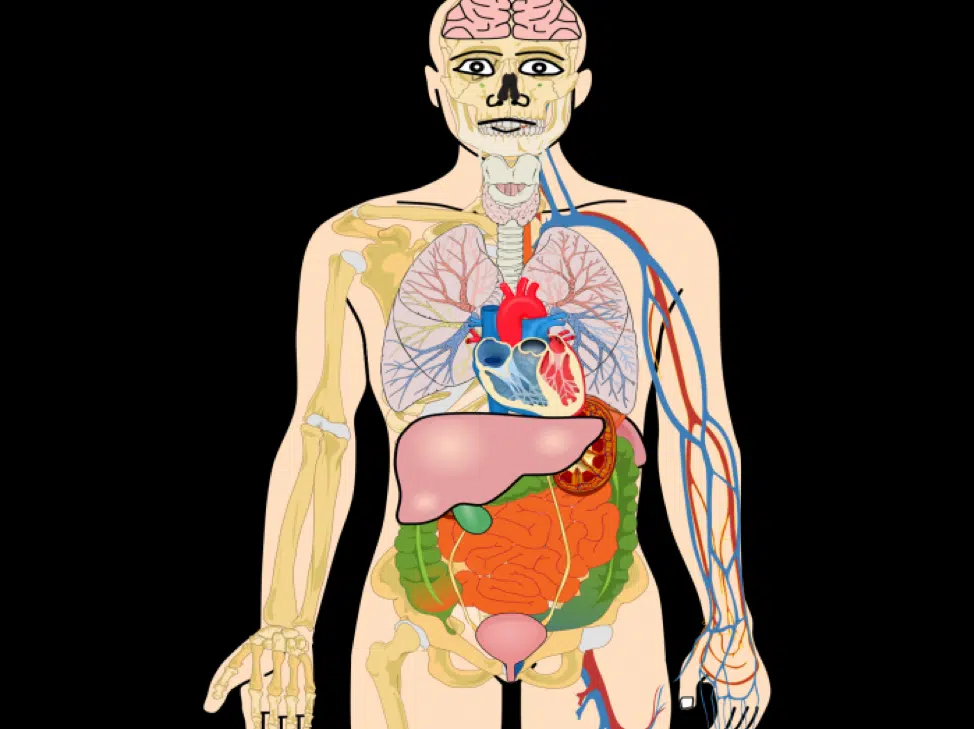by Dr. Anita Nazareth
You don’t have to be a specialist educator to know that engaging children through more than one sensory avenue can markedly enhance their learning capacity.
Teacher-student and student-student interaction makes learning meaningful and interesting. What is more exciting is the added interaction with learning media incorporating sight, sound, touch, smell and taste.

No one learns how to cook any better than just actually trying your hand in creating the dish. The best written recipes by the most renowned chefs and illustrated with delectable-looking food photographs cannot surpass the joy in actually smelling and tasting the dish. When an increased number of sensory receptors are engaged, the experience is markedly enhanced.
Instructional education personnel have time and again provided empirical evidence that as students progress through the elementary to secondary school stages, learning complex concepts become increasing challenging. This is especially evident for students with some form or other of learning disabilities, no matter how mildly they manifest themselves.
When teachers identify learning challenges, the traditional methods of instruction may just not be sufficient to do the job of facilitating learning. Instructional strategies employed have to be much more creative.
Learning disabilities aside, all learners can benefit from interactive learning strategies employed in and outside the classroom environment.
Engaging students in multi-sensory learning environments have proven to be enabling to knowledge acquisition and retention.[i]
Introducing Children to Reading

Young children learn to associate sounds and later, words and sentences with what they experience in daily life. When a early-reader book has the capacity to respond with specific sounds when certain buttons on the page are pressed, it results in squeals of delight from the young learner. The nursery rhyme “The wheels on the Bus” is so much more fun and meaningful when the child touches the illustration of the bus and hears its horn and melody of the song. Comprehension and retention of words and lyrics are so much more enhanced when kids can also participate with physical actions that follow the lyrics in a video. Truly an interactive, auditory and tactile experience.[ii]
Learning Concepts in Science
Boredom can set in quickly when studying weight, volume and density through chalk and talk, for example. Bring in the paper boat, the plastic boat and the metal boat and place them in a trough of water. Better still, let students place them in the water and see how well they float. At an enhanced level, allow students to be creative with materials used and to construct varying shaped boats and experiment how well they float or not.
Try teaching Center of Gravity (CG) versus Center of Buoyancy (CB) in Physics.
Try explaining that CG is where all the mass of a ship is concentrated if it had to be reduced to one single point. Whereas CB is the center of the underwater volume of the vessel. Did you get that?
Now if students could play around with interactive media on a computer and design their virtual boat with varying widths and heights on the screen, I am sure their understanding of CG versus CB would be enhanced. Just studying with an animated graphic adds so much more to chalk and talk, what more if students could manipulate the variables associated with the ability of a ship to stay afloat through a virtual medium.

Source: https://manoa.hawaii.edu/exploringourfluidearth/media_colorbox/2621/media_original/en
With a view of collaborating with their fellow educators, instructional specialists can now find a multitude of interactive game-like learning tools off the internet created by instructors from all over the world who want to make the understanding of complex concepts easier for learners.
Take for example the study of the human body and the location for all the major organs. Learners can self-evaluate their knowledge on this topic by going to the website below. All they need to do is to sign up and engage in an interactive discovery of human organs and their names at varying levels of learning difficulty, from beginners to the well-heeled. Not only can they see the location of the organs in a human body, they can also hear how the names are pronounces[iii].
Learners can progress at their individual pace quite unique from the general pace required when teaching a classroom full of students with differentiated learning abilities.
Visual learners comprehend better when they can actually see the exact positions of the organs in a human or animal body. Auditory learners can hear the pronunciation of the general and scientific names of each organ and tactile learners may even be able to feel (with gloves on) various organs of an animal(s) brought into the school labs.

Location of Organs in a Human Body[iv]

3-D printed replica of a brain which feels similar to an actual animal brain[v]
Multi-sensory learning environments create parallel modes of receiving and retaining information and concepts and therefore faster cognitive development. Learners who hear information while simultaneously engaging in visual representative of that morsel of information have a better understanding of the concepts being explained. Utilizing multisensory instructional strategies enable information to be received by multiple senses, thus offering students of diverse learning types a more tailored means of understanding and retaining information.
[i] https://www.researchgate.net/publication/238732527_Learning_with_multimedia_Engaging_students_in_constructivist_learning
[ii] https://www.bookdepository.com/Wheels-on-Bus-go-Round-Round-Annie-Kubler/9780859537971
[iii] https://www.helpfulgames.com/subjects/biology/328-organs-anatomy.html
[iv] https://www.helpfulgames.com/subjects/biology/328-organs-anatomy.html
[v] Source: http://membs.org/membs/news/details/mini-brains-on-a-petri-dish
